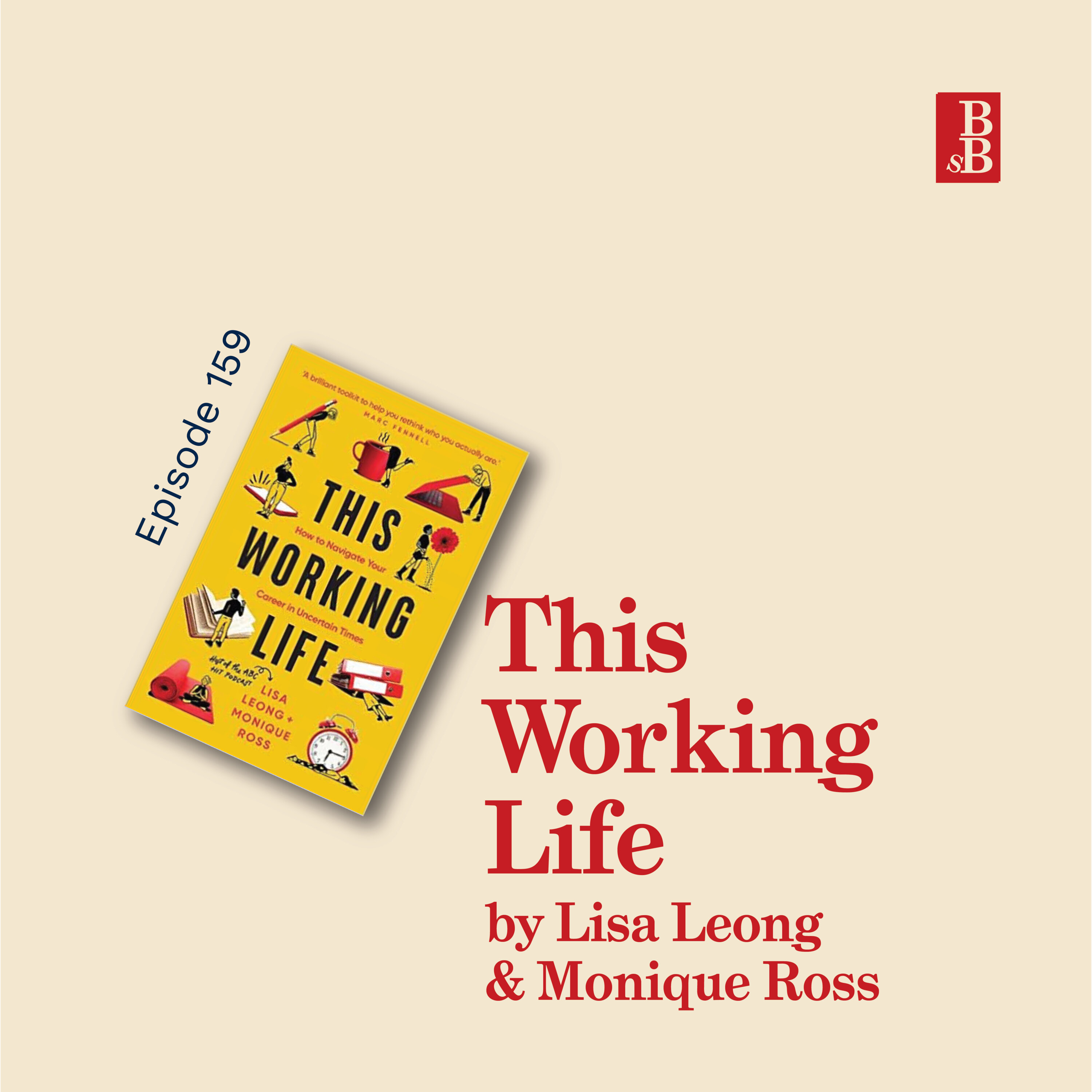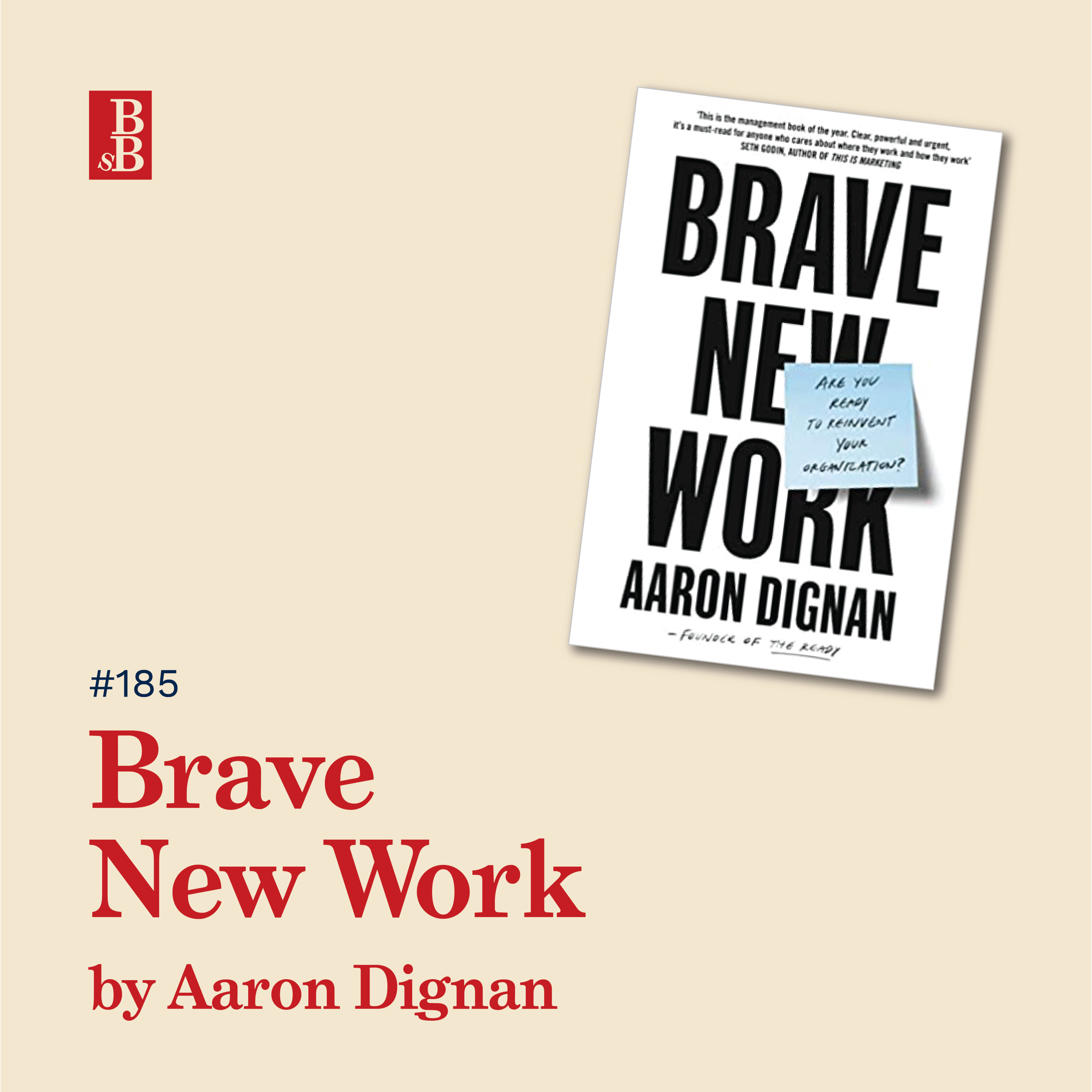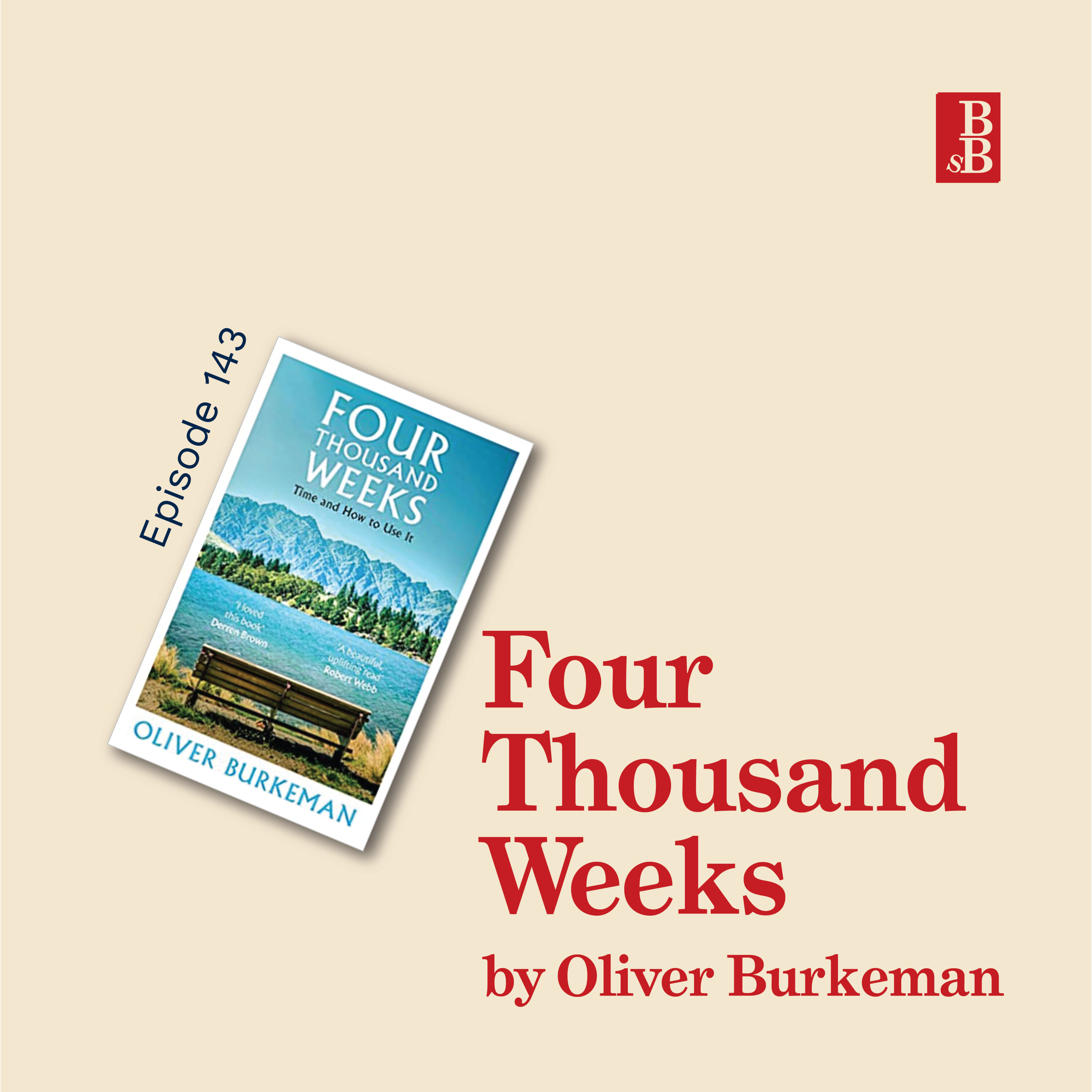The Manager's Dilemma by Irial O'Farrell: how to solve your problem solving problem
About the book
- Do you find yourself swamped by everyone landing problems on your desk, for you to solve?
- Do you wonder why your team members hand over issues for you to sort out, rather than sorting them out themselves? Even issues that you think they should be able to sort out themselves?
- Are you getting so bogged down in solving other people’s problems that you aren’t getting time to focus on your own work?
If so, The Manager’s Dilemma — How to Empower Your Team’s Problem-Solving is the book for you. This book starts by exploring the manager’s dilemma — be good at problem-solving or focus on developing other people’s problem-solving skills? You will explore how escalation habits contribute to the overload. You will then consider the problem-solving process, discover how to identify at which step a team member might be getting stuck and how to develop and coach them towards empowering their own problem-solving skills.
Source: https://www.amazon.co.uk/dp/B09FZV3Q8L
About the author
Irial O’Farrell is endlessly curious by what drives performance in business. She has 10+ years direct management experience, and 20+ years experience of coaching and developing managers and leaders. The Manager’s Dilemma is based on initial direct observations Irial made of behaviours she saw in her own team and how she responded.
While mentoring a group of senior managers, she realised they had similar issues within their teams, so she tested her theories with them, which resonated with them. She realised that while managers tend to be very good at problem-solving, they tend to be less good at developing other people’s problem-solving skills, so she designed and delivered a well-received workshop. This book is based on the insights she gained through those workshops. She lives in Dublin with her husband, three kids and two cats.
Source: https://www.amazon.co.uk/dp/B09FZV3Q8L
You can find out more about Irial's work here.
Big idea #1 — The Manager’s Dilemma
This is the tricky situation you find yourself in when you’re promoted to a manager role, because you’re good at problem solving, but you find yourself solving everyone else’s problems, leaving your little time for your own. This creates a dynamic of dependence and learned helplessness, which Irial talks about throughout the book. She emphasises the fact that the manager’s role is really to empower others, and to let go your need to fix other people’s problems, instead investing that into developing your management skills.
Other than being quite stressful, this way of working is also hugely inefficient when the wrong people, spending the wrong amount of time on the wrong problems. It means no one’s getting developed in the right skills, and it can actually diminish trust in teams too.
Ideally, you want to get to a point where there’s only three reasons for escalation;
- True escalation; someone more senior needs to sign off on or input to the task.
- A sounding board, or where someone genuinely needs some help.
- Being kept in the loop (which can be done more efficiently).
These are obviously three quite broad reasons for escalation, but you would use this framework and tailor them to be more specific to your own needs of the project / team / organisation.
Big idea #2 — The eight steps of problem solving
I thought this is one of the most useful parts of the book, to see the eight stages of problem solving in a very clear way for you to evaluate where each of your team members gets stuck along the steps (including you as the manager).
The eight steps are;
- Identify and recognise the problem
- Evaluate the size of the problem
- Research the cause of the problem
- Identify potential options
- Evaluate the potential options
- Decide on the best solution
- Implement the best solution
- Review the outcomes
Whilst some of this might feel intuitive, you sometimes identify that a team member isn’t great at problem solving, but it’s hard to break down to exactly what they struggle with. This also gives you an explicit, logical process that your team could work through as a bit of a checklist, and set an expectation of the questions you will ask them if they do come to you.
Big idea #3 — The coaching approach
A large chunk of the book is dedicated to the manager having a conversation with her coach about the problem solving problems each of her team are having, and how to approach them. Together they come up with a bit of a plan of action.
It’s a bit meta as Trish is having a coaching conversation with her coach, so that she can then go back to her team and coach them. What’s really clear is that questions are at the core of this — both Trish asking questions of herself, the coach asking questions to Trish, and Trish planning the questions to ask the team.
Note: this section of the book is written as an exchange between the coach and Irial, almost like a script, which was a useful way of seeing the level of detail that you need to go into when you’re doing this level of coaching with a team member. It can help you to see some of the questions, considerations, perspectives from other people that you may miss if you just dive straight into trying to solve other people’s problems, solving problems.
This coaching approach allows for better problem solving, as it allows for input from the team members and to prompt their thinking, rather than giving them the answers. Especially relevant given the context of this challenge.
Support my book habit: https://www.buymeacoffee.com/stephsbookshelf
See omnystudio.com/listener for privacy information.
Hey, have you subscribed to the bookmark newsletter? If you liked this, you might like my twice-monthly email with book reviews and ideas of what you should be reading, and listening to, next. Click here to subscribe.

















